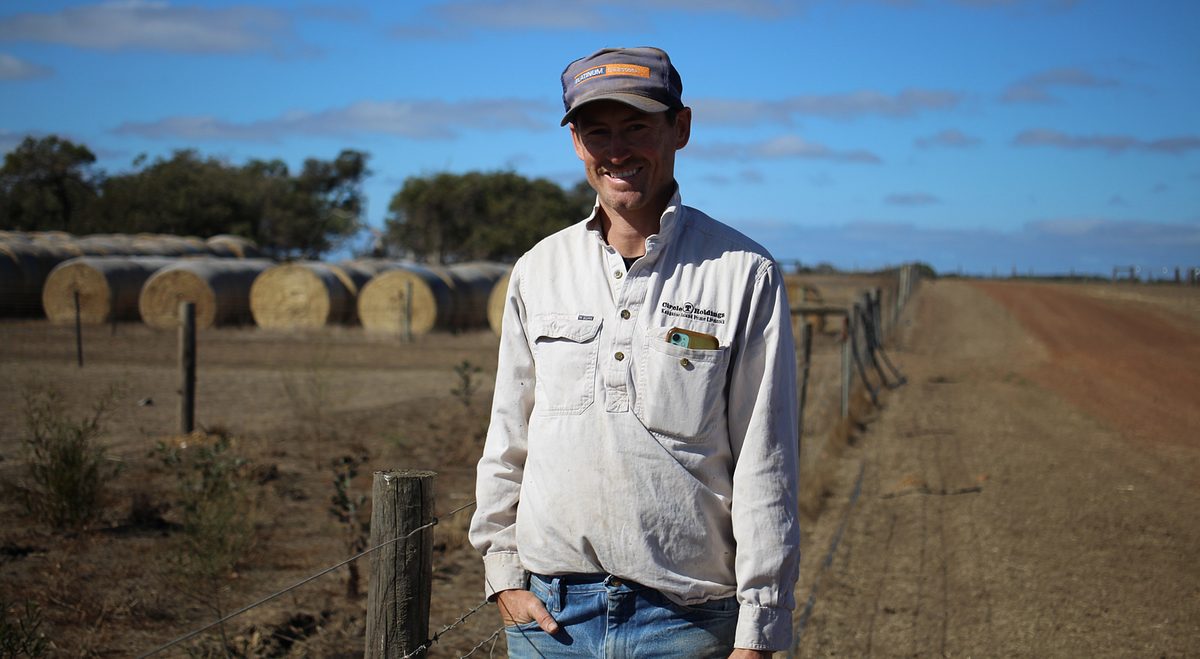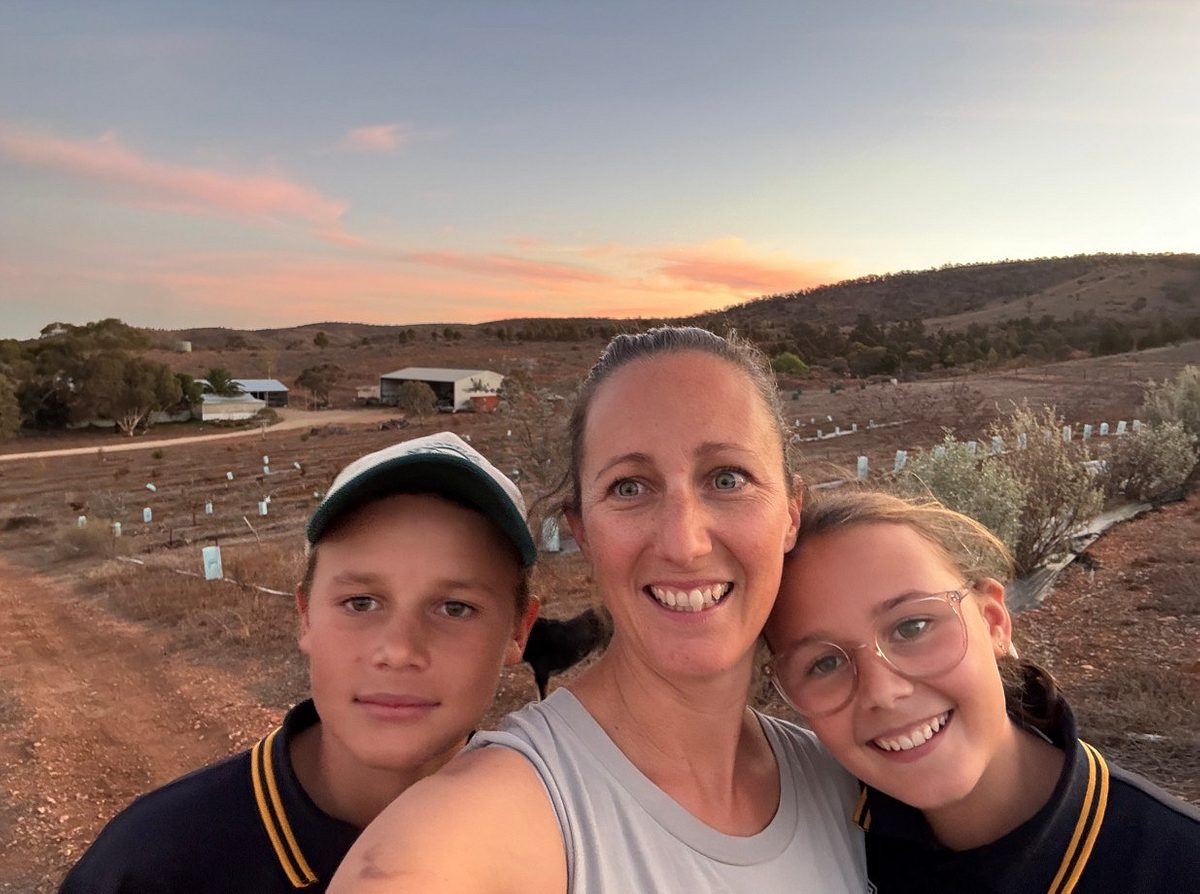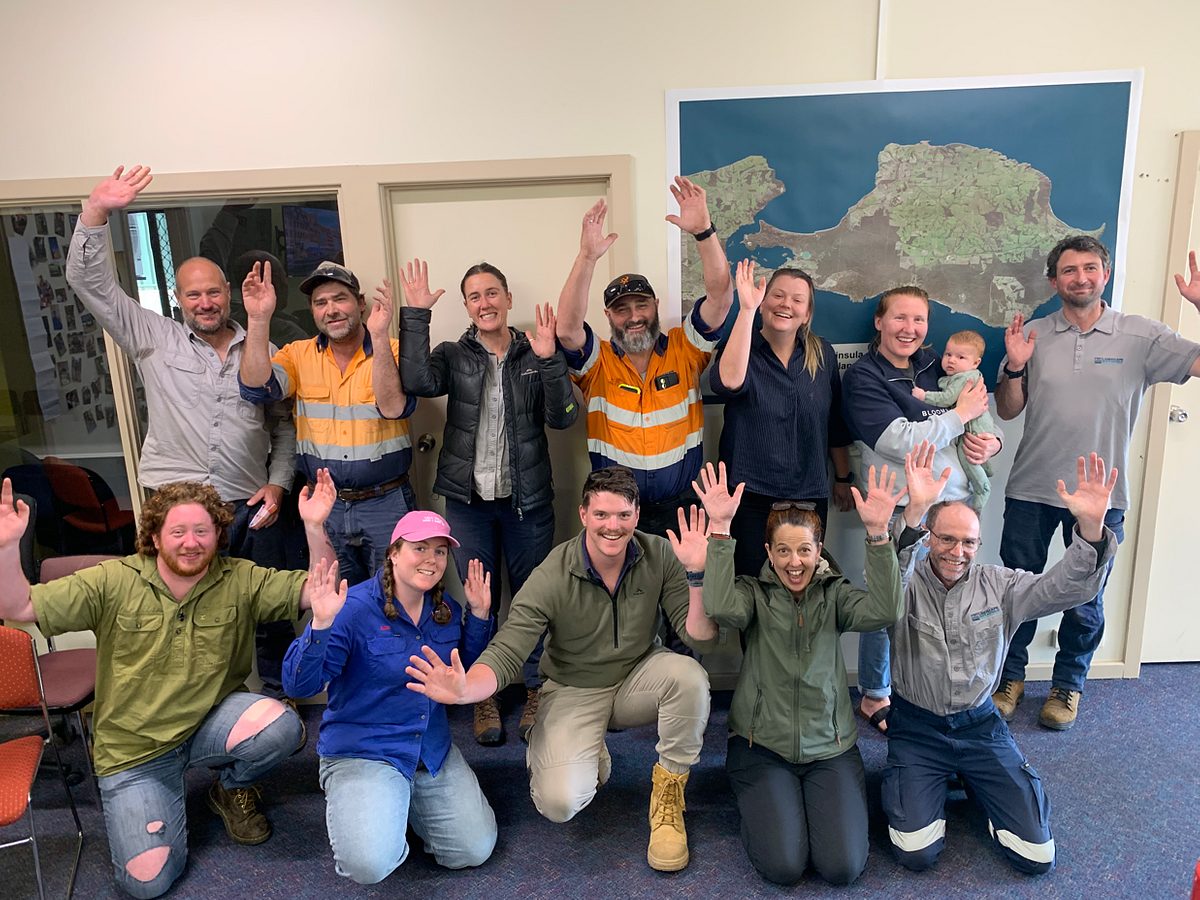Shelterbelts support productivity and biodiversity
The Kangaroo Island Landscape Board is encouraging local landholders to plan and plant shelterbelts this season, with the Kangaroo Island Native Plant Nursery extending its ordering period for the 2026 planting season.

Shelterbelts – rows of trees and shrubs designed to reduce wind and provide shelter for stock and pastures – are a practical, long-term investment for improving farm productivity, protecting soils, and supporting biodiversity across agricultural landscapes.
“Shelterbelts play a critical role in improving the productivity and resilience of Kangaroo Island farms,” said Andrew Heinrich, Chair of the Kangaroo Island Landscape Board.
“They protect livestock from cold winds, reduce erosion, conserve soil moisture, and provide important habitat for pollinators and beneficial insects. Well-designed shelterbelts deliver both economic and environmental returns.”
The Kangaroo Island Native Plant Nursery can assist landholders to plan, source and produce plants suitable for their soil type and region. Nursery staff can provide tailored advice on selecting local native species to create low-maintenance, effective shelterbelts that support on-farm biodiversity.
To help landholders establish shelterbelts, the Kangaroo Island Landscape Board’s Grassroots Grants and On-ground Works Grants programs offer financial support for fencing and plant purchases. These grants are designed to assist farmers to implement practical, sustainable improvements on their properties.
The Native Plant Nursery has extended the ordering period for the 2026 planting season, meaning it’s not too late to secure plants for larger revegetation or shelterbelt projects.
Landholders interested in planning or funding a shelterbelt are encouraged to contact the Kangaroo Island Native Plant Nursery for advice, or the Kangaroo Island Landscape Board to discuss available grants and project support.
Zach Trethewey, a farmer based in Newland runs sheep, certified seed potatoes and a small marron farm.
Mr Trethewey received funding in 2024 through the KILB's Grassroot Grants program for fencing to develop shelterbelts on his family's farm.
"We had some fencing materials which we used as an in-kind contribution for the grant," Mr Trethewey said.
"The grant helped us with fencing posts to complete the project, protect remnant vegetation, and improve biodiversity by planting native species native to Kangaroo Island."
Mr Trethewey said the benefits of encouraging biodiversity on his farm go beyond the improvement of soil health and erosion prevention.
"Shelterbelts are critical for stock, particularly during lambing season," Mr Trethewey said,



